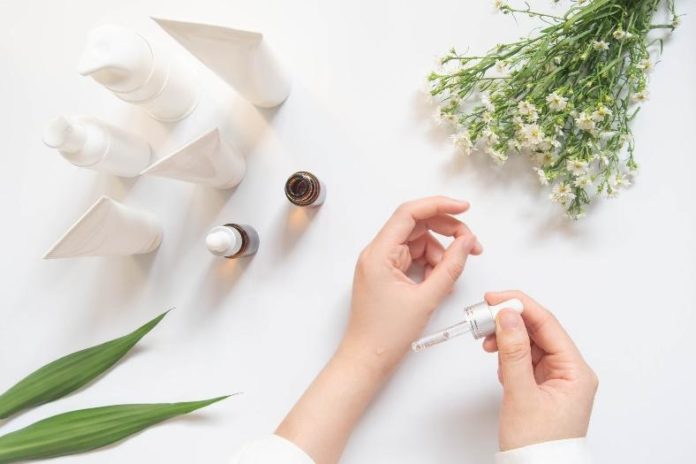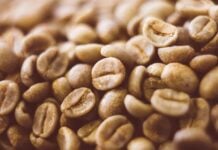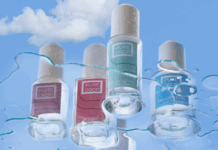In its Rouen laboratory, SGS, a world specialist in testing, inspection and certification, has been specializing in chemical, physicochemical and ecotoxicological analyses for several decades.
Since 2021, the company has been offering manufacturers and distributors of cosmetic products a unique analytical method for testing the 57 allergens defined in the SCCS 1459/11 opinion of June 2012, which is currently the subject of a draft European regulation, with a planned entry into force on 1 January 2011.er quarter 2022.
Adapted from Ifra (International Fragrance Association), this new method was developed using gas chromatography (GC) coupled to mass spectrometry (MS). Its reduced number of injections per sample saves time in data reprocessing. In addition to ingredients, the analyses are particularly focused on finished products because the presence of possible allergen precursors and the instability of certain formulas may generate allergens that were not predicted during the development phase.
After nickel allergy, fragrance allergy is the most common skin allergy. Fragrances are almost always present in cosmetic products, whether in the form of synthetic substances or of natural origin, such as essential oils. They can potentially trigger a contact allergy affecting the skin, usually the face, armpits and hands, or cause skin irritations in some individuals such as eczema*.
The SGS laboratory in Rouen, France, specializes in chemical, physicochemical and ecotoxicological analyses. It has more than 100 employees and processes about 50,000 samples per year, including cosmetics, detergents and hygiene products. It has state-of-the-art equipment including chromatographic and spectral techniques that allow it to search for chemical substances in trace amounts, as required by regulations.
To meet the needs of manufacturers and distributors of cosmetic products, relating to the 57 allergens defined in the SCCS notice 1459/11 of June 2012, SGS has developed a unique method of analysis. Adapted from the Ifra method, it was developed using gas chromatography coupled with mass spectrometry (GC/MS). It allows to detect and quantify that the 57 fragrances, including some isomers, have a concentration lower than 0.001% in the non rinsed products and 0.01% in the rinsed products. Above these concentrations, allergens will have to be labelled to inform the consumer.
"In order to allow the analysis of finished products and complex matrices, we have adapted the Ifra method, initially developed for perfumery ingredients. We use two columns of different polarity and perform systematic matrix doping to guarantee the reliability of our results. Based on our experience, we recommend performing these analyses on finished products because of the possible interactions during the mixing of ingredients, the possible presence of allergen precursors and the instability of certain formulas over time. In this way, customers can guarantee the conformity of their products until their estimated end of life," says Audrey Guibet, strategic expert for Cosmetics & Hygiene, SGS France.
The consumer will be alerted to allergenic components in the list of ingredients labeled on the product (Inci list). The higher the concentration of an ingredient present, the more the ingredient in question will be in pole position in the Inci list.
"This analysis on finished products allows us to guarantee to manufacturers, distributors, and therefore consumers, a marketing of cosmetic products in compliance with current and future regulations.concludes Carine Dumas, Cosmetics & Hygiene Development Manager, SGS France.








